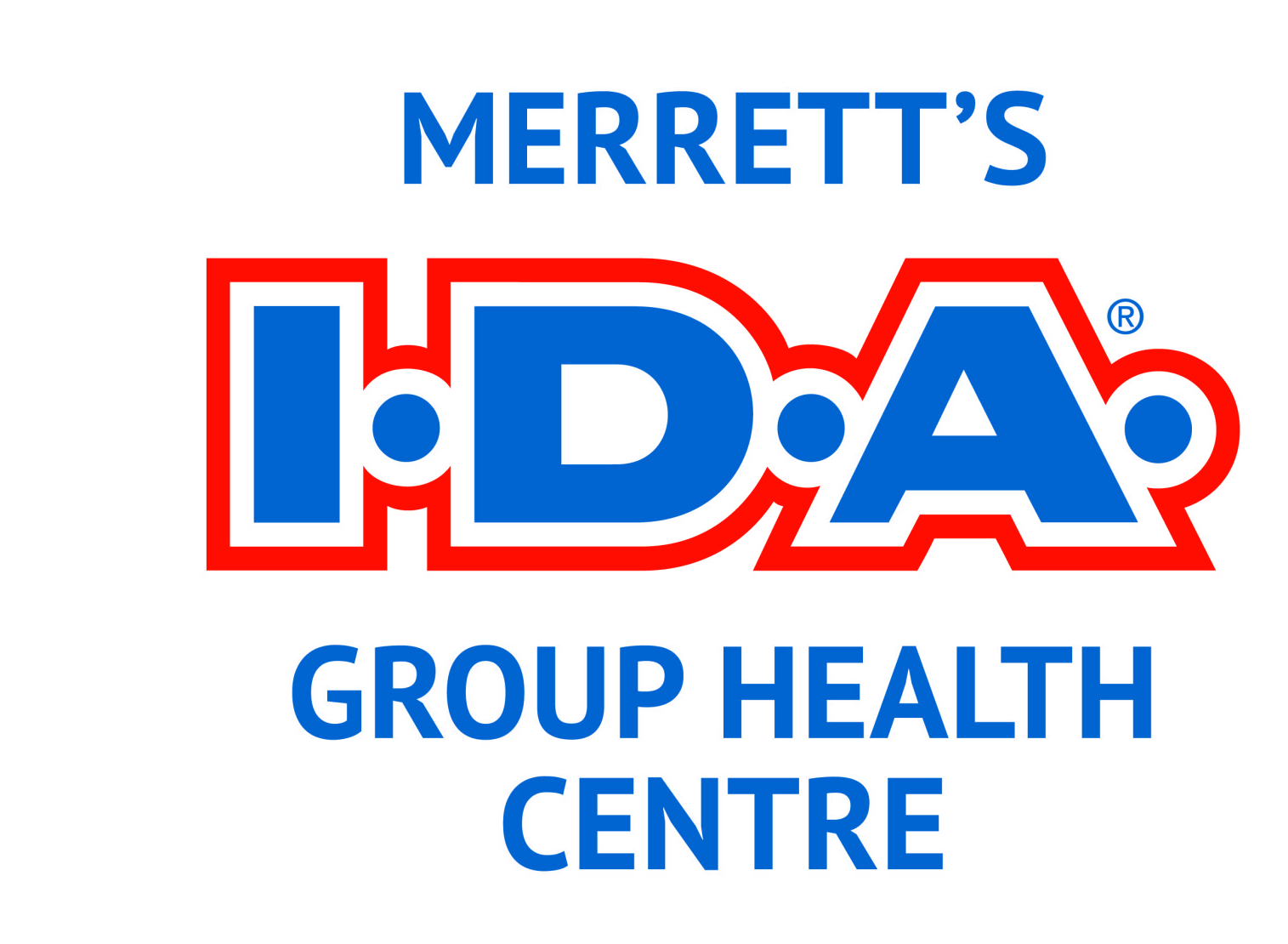5 Tips To Consume More Fibre
Dietary fibre is essential for good digestive health. But what is dietary fibre?
Fibre can be categorized as soluble and insoluble, with insoluble fibre acting on intestinal transit to keep you regular, and soluble fibre helping to lower blood cholesterol and balance blood sugar levels.
The Canadian recommendation for daily fibre intake is:
- 25 grams/day for women
- 38 grams/day for men
According to Health Canada, most Canadians only consume half the daily recommended intake of fibre. Here are 5 tips to help you increase your fibre consumption.
Good to know / Important Tips
- If you’re starting to eat more fibre, be sure to drink plenty of water, as fibre needs water to be effective. Keeping a glass of water handy can be a good reminder to drink more.
- In addition to eating more fibre, remember to be active on a regular basis. Physical activity stimulates the intestines to do their job.
- If you still have regularity problems after trying these tips, ask your pharmacist for advice.
